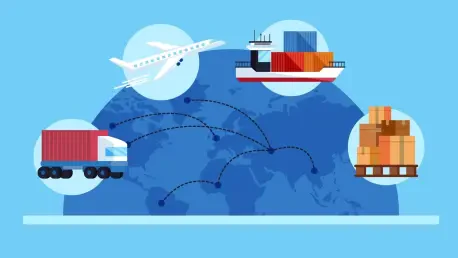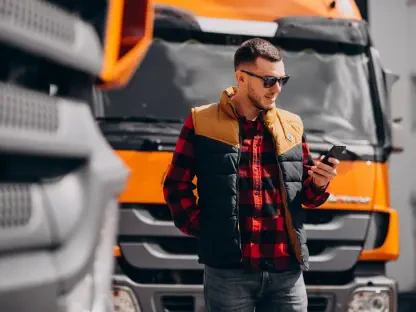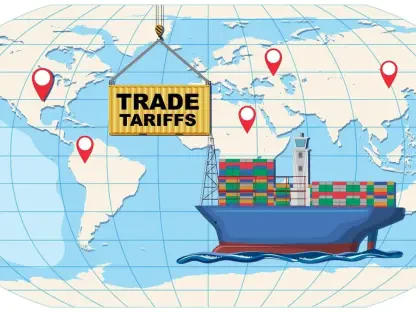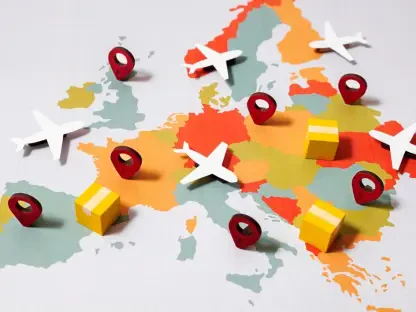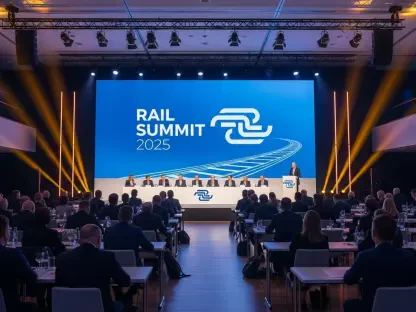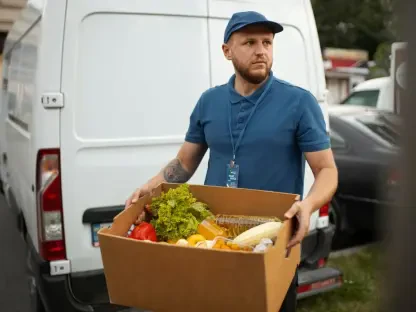Today, we’re thrilled to sit down with Rohit Laila, a veteran of the logistics industry with decades of experience in supply chain and delivery. His expertise and passion for innovation in the sector make him uniquely positioned to discuss the complexities of Mexico’s avocado industry, especially in light of the recent pledge to achieve deforestation-free exports by 2026. In this conversation, we’ll explore the implications of this commitment, the challenges of sustainability in avocado farming, and the broader impacts on local communities and global trade.
Can you start by shedding light on what the pledge by Mexico’s avocado industry groups to achieve deforestation-free exports by 2026 means for the supply chain and global markets?
Absolutely, this pledge by the industry groups is a game-changer. It means that starting in January 2026, avocados grown on illegally deforested land in Mexico won’t be eligible for export. This is a big deal because Mexico is a major supplier, especially to the U.S., which takes about 80% of their avocado exports. From a logistics perspective, it’s going to push for tighter traceability and certification processes across the supply chain. Exporters and importers will need to ensure compliance, and that could reshape how we manage sourcing and distribution networks to prioritize sustainability.
How do you think the industry arrived at the specific target date of January 2026 for this deforestation-free policy?
I believe the date was chosen as a realistic yet ambitious timeline that aligns with broader governmental goals in Mexico to have all produce exports deforestation-free by 2030. Setting 2026 as a milestone for avocados gives the industry a few years to adapt—think about updating traceability systems, educating growers, and implementing certification programs. It also likely accounts for the time it takes for newly planted orchards to start producing, which is around 4 to 5 years, so they’re looking to curb future deforestation now.
What practical measures are being put in place to ensure that avocados from illegally deforested land aren’t exported after 2026?
From what I understand, the industry is leveraging existing traceability systems that have been in place since 2020, initially for plant health compliance, to now track the origins of every avocado. There’s also collaboration with government environmental agencies for monitoring and enforcement. On top of that, certification programs, like the one in Michoacán with civil society groups, are ensuring that packing houses don’t source from problematic orchards. It’s about creating a transparent chain from farm to market.
I’ve heard that over 85% of current orchards are expected to qualify for export under these new rules right away. Can you explain how this figure was determined?
That percentage comes from industry estimates, likely based on assessments of existing orchards and their compliance with deforestation timelines. Many orchards were established before the critical cutoff periods for deforestation, so they’re not flagged as problematic. The industry probably mapped out land use data to see which areas were cleared historically versus recently, giving them confidence that the majority can meet the new standards without major changes.
For orchards planted on land deforested between 2018 and 2024, there’s talk of compensating for lost ecosystem services. What might this look like on the ground?
This is where it gets interesting. Compensation often means restoring environmental balance, and the preference seems to be for direct interventions rather than just paying fines. Practically, this could involve reforesting nearby areas, investing in soil conservation, or protecting local water sources. It’s about offsetting the damage done by bringing back some of the natural benefits—like carbon storage or biodiversity—that were lost when the land was cleared.
Why do you think the industry set such a hard line that orchards on land deforested after 2025 will never qualify for export?
I think it’s a clear signal to stop deforestation now. By setting a firm cutoff, the industry is discouraging growers from clearing more land in anticipation of future leniency. It’s also about aligning with global sustainability expectations—buyers, especially in the U.S., are increasingly demanding ethical sourcing. This strict rule pushes for long-term behavioral change in how land is used for avocado farming.
Beyond export rules, how is the industry tackling broader issues like water shortages and violence tied to avocado farming in regions like Michoacán?
The industry is starting to address these through broader sustainability plans, like the “Path to Sustainability” initiative. For water, there’s a focus on better resource management—think regulated well-digging and watershed protection. On the violence front, it’s trickier because it often ties into local dynamics and even organized crime. The industry is working with local governments and communities to improve security and dialogue, but it’s a slow process that needs more than just policy—it needs real trust-building.
Can you give us a sense of the scale of deforestation linked to avocado farming and how the industry perceives the reported figures of 40,000 to 70,000 acres lost between 2014 and 2023?
The scale is significant, no doubt. Those numbers—40,000 to 70,000 acres—come from investigative reports and suggest a serious impact on forests in avocado-growing areas. The industry has pushed back a bit, arguing that only a small fraction of production comes from recently deforested land, and some feel the issue is being exaggerated. From a logistics standpoint, though, even if the numbers are debated, the perception matters as much as the reality because it drives consumer and regulatory pressure globally.
Water management seems to be another critical concern. What steps are being taken to address shortages and illegal water extraction in these avocado-growing regions?
Water is a huge issue, especially in places like Michoacán where over-extraction has caused shortages. The industry is looking at sustainable water use as part of their broader commitments, which includes monitoring usage and cracking down on illegal wells. There are also efforts to work with local authorities to protect water sources and invest in infrastructure that ensures fair access. It’s about balancing the needs of farming with the needs of communities who rely on the same resources.
What’s your forecast for the future of Mexico’s avocado industry in light of these sustainability challenges and global market demands?
I’m cautiously optimistic. The avocado industry has a strong economic footprint—billions in revenue and tens of thousands of jobs on both sides of the border. These sustainability pledges and certifications are steps in the right direction, but execution will be key. If they can truly enforce deforestation-free practices and address water and social issues, Mexico could set a global standard for ethical agricultural exports. However, it’s going to require constant innovation in logistics and transparency to meet rising consumer expectations. If they falter, they risk losing market trust, which could shift demand to other regions. It’s a pivotal moment for them.
